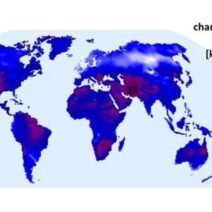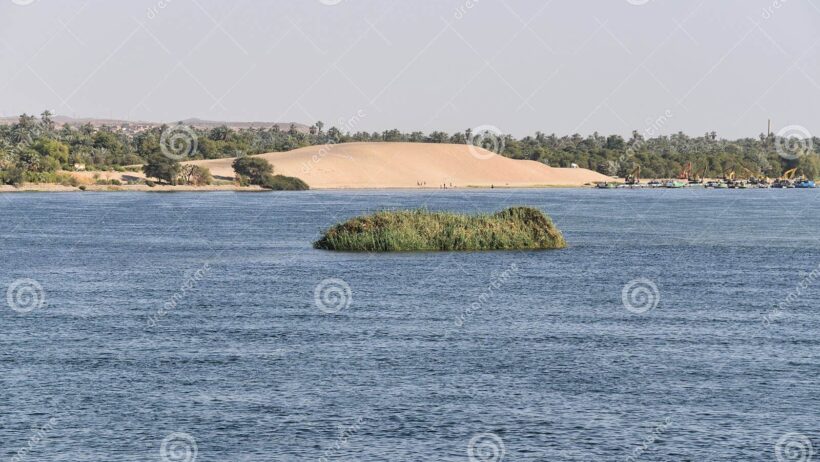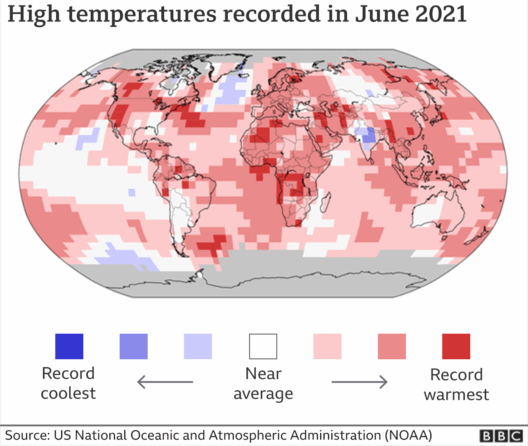Egypt, a country characterized by its arid landscapes, dynamic Nile River, and storied history, presents a climate that is as varied and complex as the civilization that flourished within its borders. The climatic conditions are largely dictated by its geographical positioning, primarily its vast desert terrain and the presence of the Nile River, which plays a pivotal role in the ecological and climatic character of the region.
The predominant climate in Egypt is classified as arid, typified by scorching summers and mild winters. A substantial portion of the country is enveloped in desert. The Sahara Desert extends across Egypt, influencing the overall weather patterns. Summer months, particularly from June to September, experience exceedingly high temperatures, often exceeding 40 degrees Celsius (104 degrees Fahrenheit) in many parts of the country. Cities like Luxor and Aswan are notorious for their intense heat during this period.
The coastal regions along the Mediterranean Sea, however, experience a more temperate climate. This proximity to water tempers the otherwise extreme heat of the interior. In cities like Alexandria, summer temperatures hover around 30 to 35 degrees Celsius (86 to 95 degrees Fahrenheit) and are accompanied by higher humidity levels. This marine influence creates a climate that is relatively more hospitable compared to the inland deserts.
Winter in Egypt, particularly from December to February, brings a noticeable drop in temperatures. The deserts cool down significantly at night, sometimes plummeting close to freezing in the more extreme regions. Meanwhile, daytime temperatures in cities like Cairo remain mild, typically ranging from 15 to 20 degrees Celsius (59 to 68 degrees Fahrenheit). The winter months are also distinguished by sporadic rainfall, predominantly in the northern regions, although precipitation is generally scant throughout the year.
While the northern coasts enjoy the advantages of milder winters and moderate rainfall, the southern areas face arid conditions characterized by virtually no precipitation. The architecture and cultural practices of the Egyptian people have evolved in direct response to these climatic realities. Traditional housing in rural areas often incorporates thick walls and small windows, designed to mitigate the impact of the blistering heat and retain coolness indoors.
Perhaps the most significant climatic feature in Egypt is the Nile River, which weaves its way through the heart of the country, serving as a lifeline for agriculture and human settlement. Stretching over 6,650 kilometers, the Nile is not just a geographical feature; it is an essential economic and cultural axis. The river’s annual flooding historically enriched the surrounding soil, making the otherwise inhospitable desert land fertile. The cyclical nature of the flooding allowed for the cultivation of staple crops such as wheat and barley.
However, modern advancements in irrigation technology have altered the landscape of agriculture in Egypt. While improved irrigation strategies have mitigated some climatic challenges, they also come with their own set of ecological concerns. Overreliance on chemical fertilizers and water-intensive crops can lead to soil degradation and reduced water quality, threatening the delicate balance of the Egyptian ecosystem.
The impact of climate change is becoming increasingly evident in Egypt, compounding existing vulnerabilities. Rising global temperatures have led to alterations in rainfall patterns, exacerbating water scarcity issues. The Nile River, heavily relied upon for irrigation, faces challenges from both upstream usage in neighboring countries and the broader impacts of climate change. This situation underscores the acute urgency for sustainable water management policies and cooperative regional strategies.
Furthermore, the anticipated rise in sea levels poses a formidable threat to Egypt’s coastal areas, particularly the densely populated Nile Delta. An estimated 10 million people reside in this economically vital region, which could be severely affected by encroaching seawater, leading to salinization of agricultural fields and displacement of communities.
As the nexus of environmental change and human livelihoods continues to tighten, the call for action becomes ever more urgent. Mitigating the challenges posed by climate change necessitates a multifaceted approach involving conservation, community engagement, and international collaboration. Policies aimed at sustainable agricultural practices, water conservation techniques, and renewable energy adoption are critical in safeguarding Egypt’s fragile ecosystems.
Moreover, public awareness campaigns play a crucial role in highlighting the interconnectedness of climate issues. Teaching communities about the impacts of climate change and safe agricultural practices can empower them to adapt and innovate. Initiatives that focus on afforestation, sustainable irrigation techniques, and climate-resilient crops can shift the trajectory towards a more sustainable future.
In conclusion, the climate of Egypt is a tapestry woven from the threads of desert heat and the nurturing embrace of the Nile River. Understanding this complex interplay is essential for fostering resilient communities capable of confronting the multifaceted challenges posed by climate change. The future of Egypt, its people, and its ecosystems hinges on an integrated approach to environmental stewardship, balancing the ancient wisdom of Egyptian civilization with modern innovations for sustainability.







